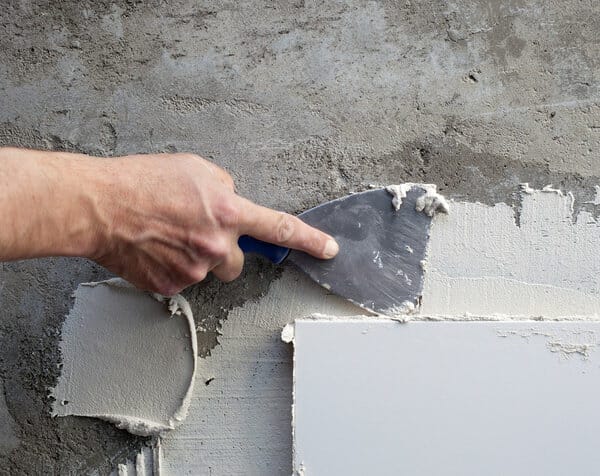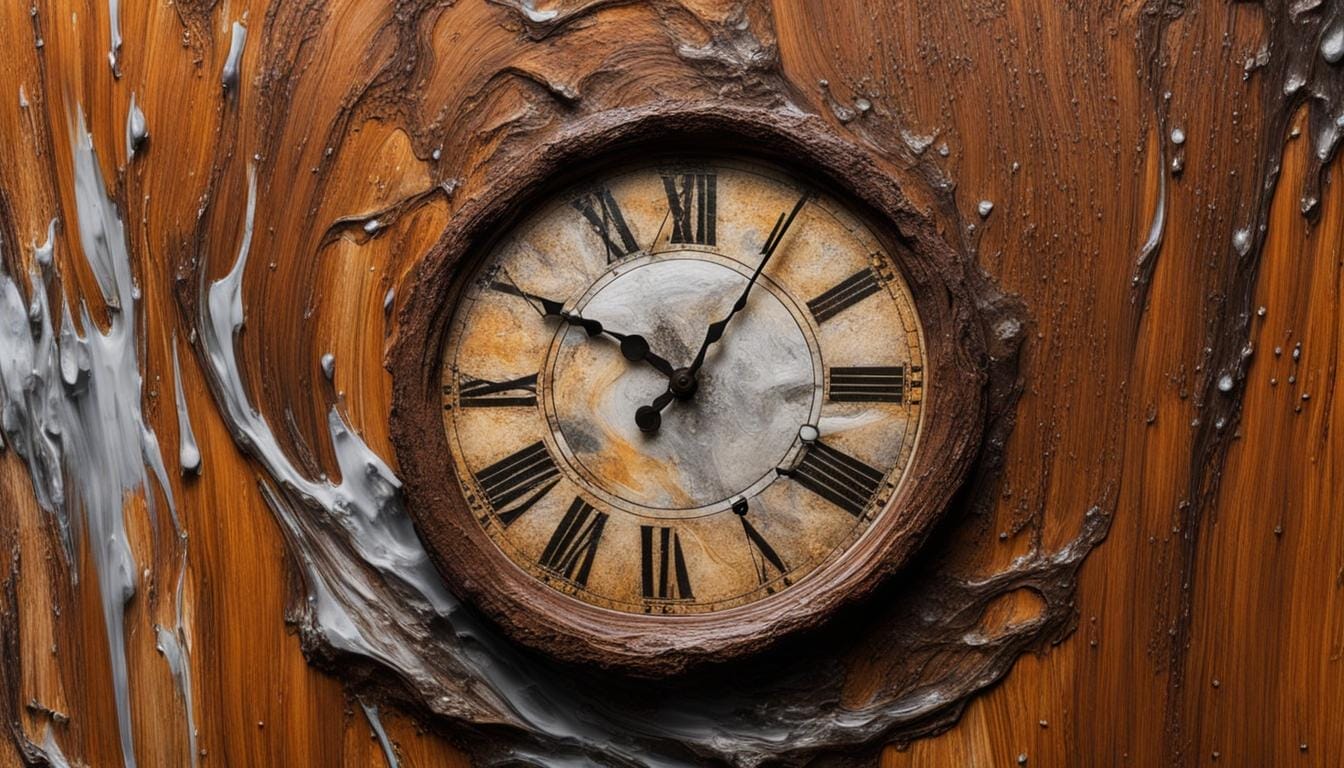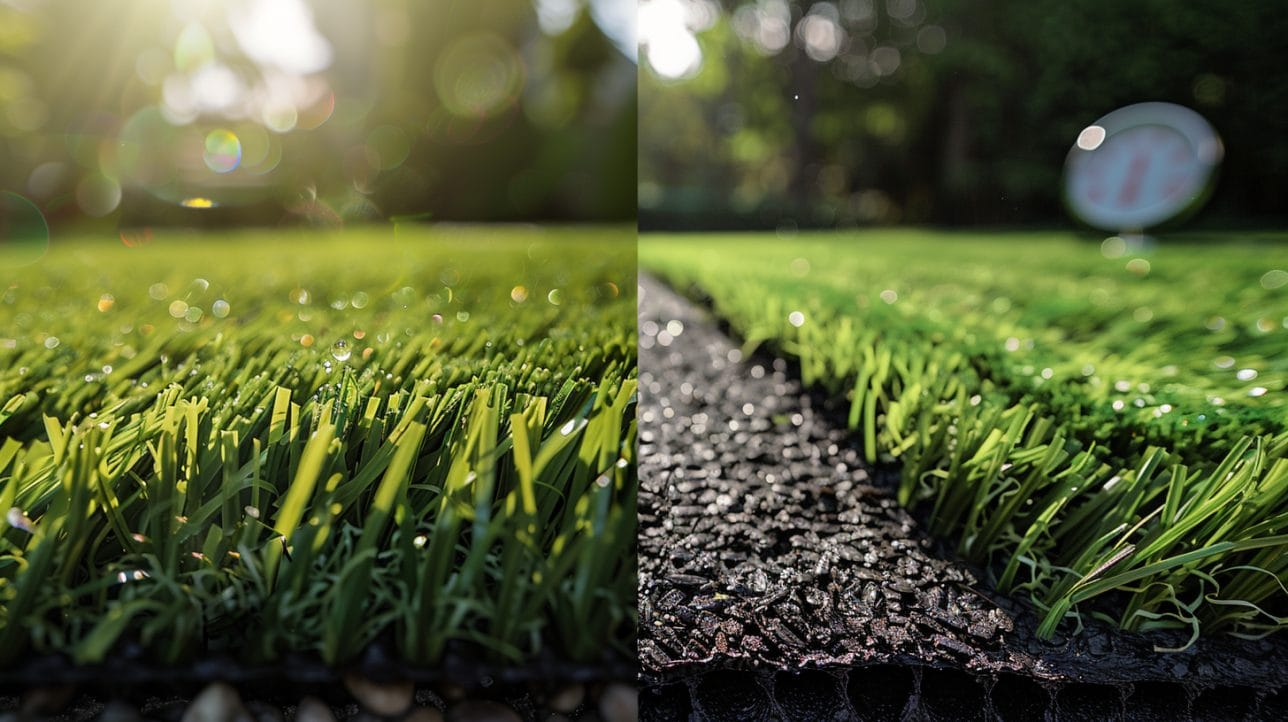Paint thinner, a common paint solvent and cleaning tool, can freeze depending on composition and exposure temperature. This guide explores what happens when it freezes, how to prevent, and safe thawing methods.
Understanding Paint Freeze: Impact and Usability
Freezing paint can affect:
- Consistency: It may become thicker, clumpy, or separated.
- Chemical Composition: Freezing can impact adhesion and smooth application in some cases.
Usability of Frozen Paint:
While frozen paint may not perform as flawlessly as fresh paint, it can still be usable if properly thawed, stirred, and inspected for spoilage and odor.
Thawing Frozen Paint Safely
Thawing Process:
- Room Temperature Thaw: Bring frozen paint to a room temperature environment and allow slow thawing.
- Avoid direct heat sources: This can impact paint quality and safety.
- Stir Thoroughly: Once thawed, stir the paint carefully to restore consistency and ensure proper mixing.
Restoring Frozen Paint:
For clumpy or separated paint:
- Add a small amount of water or paint thinner (depending on paint type).
- Gradually add the solvent while stirring: Stop when reaching desired consistency.
- Avoid over-thinning: It can affect coverage and performance.
Preventing Paint Freeze: Essential Practices
- Storage Location: Choose a cool, dry area with temperatures above freezing.
- Insulate Stored Paint: Use thermal blankets, insulated containers, or temperature-controlled environments.
- Transport Precautions: During cold weather transport, wrap cans in bubble wrap or foam and store them in temperature-controlled environments.
Paint Types: Differences Between Acrylic and Oil-Based
- Acrylic Paint:
- Water-based
- Quick-drying, easy cleanup
- Commonly used for interior and exterior
- Durable finish
- Oil-based Paint:
- Solvent-based
- Longer drying time
- Superior adhesion and durability
- Suitable for surfaces needing robust coating
Specifics of Water-Based Paint Freeze
Water-based paint freezes at approximately 32°F (0°C). Store it safely above freezing temperature to prevent solidification and unusable state.
Responsible Disposal: Frozen Paint and Paint Thinner
- Check with your local authority for proper disposal guidelines.
- Do not:
- Pour paint down drains.
- Dispose in regular trash bins.
Important Considerations
Safe Storage: Paint and Thinner Separation
Paint and thinner must be stored separately due to the risk of fire hazards they present when reacted together. Keep them in well-ventilated areas.
Frozen Paint Thinner: Best Practices
- Thaw indoors at room temperature.
- Do not expose to heat sources or open flames.
- Dispose of and use fresh paint for optimal efficiency.
- Consult your local hazardous waste facility for safe disposal.
Ensuring Paint Usability: Storage and Preservation
- Securely Store Paint: To prevent freeze damage.
- Oil-based Paint:
- Store above freezing with sealed containers in a dry area.
- Avoid extreme temperatures and direct sunlight.
- Water-based Paint:
- Store above freezing with sealed container in a controlled environment.
Frequently Asked Questions
1. Freezing Point of Water-based Paint: It typically starts to freeze at 32°F (0°C). Storing above this temperature is crucial.
2. Can Paint Freeze?: Yes, paint cans can potentially freeze when exposed to low temperatures.
This can damage the cans and the paint itself. To prevent this, choose a temperature-controlled environment for storage.
3. Disposing of Old Paint: Check with your local waste management facility or environmental agency for responsible disposal practices.
4. Freezing and Acrylic Paint Use: While freezing can affect acrylic paint consistency, it is worth testing on a limited area before deciding on large-scale use.
I hope this comprehensive guide helps ensure your paint withstands temperature fluctuations and remains ready for when you need it!
















